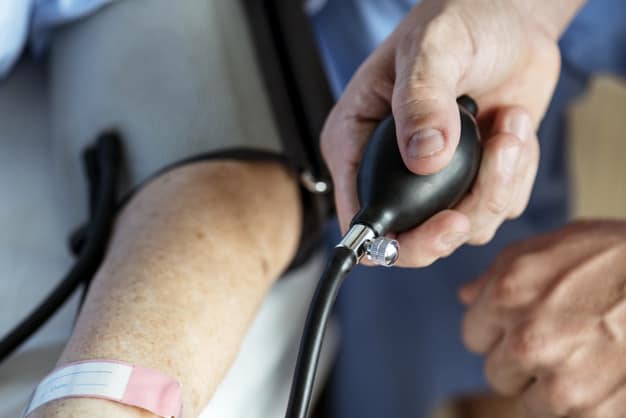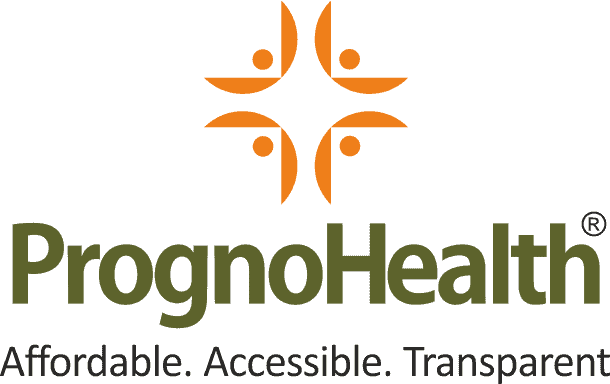PrognoHealth – Corporate Health & Wellness Specialist
Contact Us
+91 9510650660
Email Us
corpsales@prognohealth.com
Contact Us
+91 9510650660
Email Us
corpsales@prognohealth.com
Hypotension
Hypotension or low blood pressure occurs when blood pressure is much lower than normal. This means that the heart, brain, and other parts of the body do not get enough blood. Normal blood pressure is usually between 90/60 mmHg and 130/80 mmHg.
The symptoms of low blood pressure include light-headedness, dizziness, thirst, cold pale skin, nausea & fainting. The causes of low blood pressure can range from dehydration to serious medical or surgical disorders. The condition is treatable, but it’s important to know what’s causing it so it can be treated. Some medical conditions that can cause low blood pressure are Pregnancy, heart problems, endocrine problems, dehydration, blood loss from a major injury, or lack of nutrients in the diet.

Tips to manage low blood pressure.
• Drink plenty of fluids, at least 10 glasses a day. It combats dehydration and increases blood volume. If working outdoors, carry a bottle of water.
• Avoid alcohol. It causes dehydration and can lower blood pressure, even if you drink in moderation.
• Follow a healthy diet; include all the nutrients by focusing on a variety of foods, such as whole grains, fruits, vegetables, lean chicken, and fish.
• To help prevent blood pressure from dropping sharply after meals, eat small portions several times a day and limit high-carbohydrate foods such as potatoes rice, pasta, and bread.
• Increase salt Intake through sodium supplements and electrolyte drinks. But check with the doctor first as too much salt intake can lead to hypertension.
• Exercise regularly. A 10-minute brisk walk or a vigorous swim helps circulate the blood in the body.

• Wear compression stockings. The elastic stockings commonly used to relieve the pain and swelling of varicose veins may help reduce the pooling of blood in the legs.
• Be slow when changing positions. Before getting out of bed in the morning, breathe deeply for a few minutes, then sit up slowly before standing. Sleep with the head of the bed slightly elevated to help fight the effects of gravity.
• Encourage blood flow by avoiding crossing of limbs, such as crossing the legs. if you get symptoms while standing, cross thighs in a scissors fashion and squeeze, or put one foot on a chair and lean as far forward as possible. This helps blood flow from your legs to the heart.
• Take frequent rest breaks, particularly when physically exerted or getting a tip from a lying or sitting position too quickly.

Blog Categories
Top rated products
-
 FB Health Checkup I
Rated 5.00 out of 5
FB Health Checkup I
Rated 5.00 out of 5₹3,000.00Original price was: ₹3,000.00.₹1,770.00Current price is: ₹1,770.00. -
 Pro Health Plus Female
Rated 0 out of 5
Pro Health Plus Female
Rated 0 out of 5₹15,000.00Original price was: ₹15,000.00.₹8,250.00Current price is: ₹8,250.00. -
 FB Health Checkup V
Rated 0 out of 5₹3,900.00
FB Health Checkup V
Rated 0 out of 5₹3,900.00 -
 Healthy life Plus Male
Rated 0 out of 5
Healthy life Plus Male
Rated 0 out of 5₹15,000.00Original price was: ₹15,000.00.₹8,250.00Current price is: ₹8,250.00. -
 Progno Health AHC I Annual
Rated 0 out of 5
Progno Health AHC I Annual
Rated 0 out of 5₹3,000.00Original price was: ₹3,000.00.₹1,650.00Current price is: ₹1,650.00.
About Us
Progno Health is a Corporate Health & Wellness Specialist providing services to Pan India. We offer Pre-employment Health Checkup Packages, Annual Health Checkup Packages, Executive Health Checkup Packages, Occupational Health Checkup Packages, and other Health & Wellness Services.




